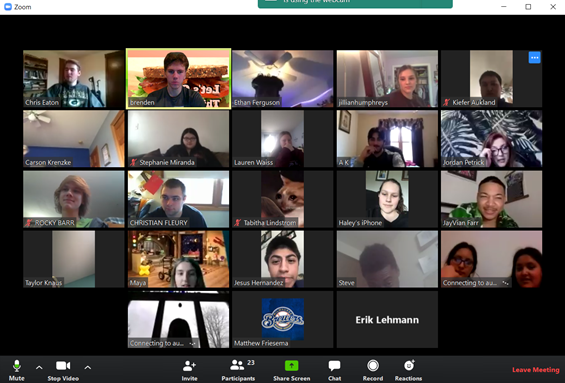

forgetful, like you’re experiencing stage fright.Zoom anxiety often causes physical symptoms like: But if you do live with an anxiety disorder, Zoom meetings could become another source of anxiety. Not everyone who experiences Zoom anxiety has a diagnosable anxiety disorder per the Diagnostic and Statistical Manual of Mental Disorders (DSM-5). A study involving college students found that 80% of the students polled said they experienced more anxiety and trouble focusing in virtual classes. If virtual meetings make you both tired and anxious, you might experience physical anxiety symptoms or panic in addition to the fatigue.īesides leading to exhaustion in professional settings, Zoom anxiety is also impacting students. Zoom anxiety overlaps with what researchers call Zoom fatigue - a strong sense of post-meeting exhaustion.

Even as we return to business-as-usual, “normal” for many workplaces may involve more virtual meetings. Since COVID-19 protocols disrupted the usual flow of many workplaces, video conferencing has become a popular form of professional communication.

Most of us can relate to the experience of beginning a lengthy response, only to realize that people have been waving you down because you’ve been on mute the whole time. Now we have another collection of meeting-related worries: “Do I look directly into the camera or at their faces? Is my backdrop OK? Can they hear my dog scratching at the door? Are they even listening, or are they checking emails?” If that isn’t stressful enough, a virtually brand-new source of anxiety rose out of the COVID-19 pandemic: Zoom anxiety.

And when we finally do talk, what should we say and how should we say it? Many of us wonder when we should listen and when we should talk. In-person meetings can be anxiety-inducing enough. Share on Pinterest 10’000 Hours/Getty Images


 0 kommentar(er)
0 kommentar(er)
